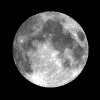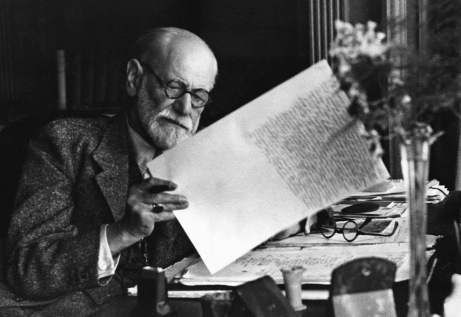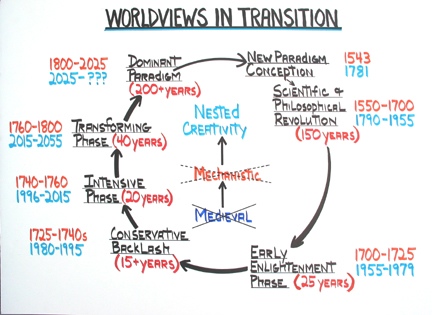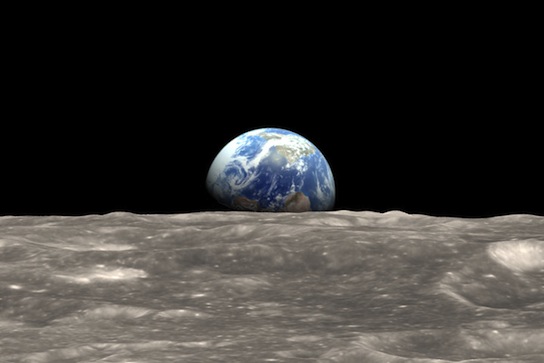". . . a new way of seeing and asserting the coherence of the world."
Sigmund Freud May 6, 1856 – was the birth day of Sigmund Freud, who was a physician specializing in mental health. Born in the Austrian Empire, he was to become the archetypal psychiatrist: the one person who for many people came to personify psychotherapy in general. When Freud went to Paris in 1885 to study with Jean-Martin Charcot, the neurologist had already shifted his own focus from neuropathology to problems of hysteria, hypnotism, and suggestion. Charcot documented the stages of hysteria with photography. On April 25, 1886 he, in two rented office rooms in a building at Rathausstrasse 7 in Vienna, Freud at the age of 29 opened his first practice. In 1896 he suggested the term "psychoanalysis" for the then commonly called specialty of neurology. Freud's radical interpretation based on clinical case studies and his own self-analysis fundamentally suggested that humans are inherently confused and unaware of their own identities. As if characters shrouded in ignorance of their own motivation, humans by nature are irrational and driven by repressed wishes, phantasms, and urges that are manifest in their everyday emotions.
In 1918 he wrote that people possess "an intellectual construction which gives a unified solution of all the problems of our existence in virtue of a comprehensive hypothesis" referred to as a weltanschauung."
Sigmund Freud: Civilization & Die Weltanschauung, 1918.
From 1904 to 1938 we have the personal correspondence between Freud and his daughter Anna. One reviewer of the collected and as yet unsealed letters points out that readers are able to "track the progress of this relationship from parent to child, and from adult to adult. Then, towards the end of his life, Anna becomes the parent and Sigmund, worn down by worries and ravaged by cancer, becomes the child. Their loving feelings for each other are moving, particularly as Sigmund learns to value Anna as a colleague as well as a daughter." Freud suffered painfully from cancer of the mouth that took his life in London on the 23 September 1939, weeks after the start of the Second World War.
The worldviews of ancient natural history unraveled as they became enmeshed to religious certitude and faith in fictions.
What is a world view?
For example: How would you describe if the planet Uranus existed prior to William and Caroline Herschell's discovery of the planet's orbit on March 13 in 1781? Did the planet exist in 1780? Using a worldview approach, one has a means of describing and answering these questions.
"In every age there is a turning point, a new way of seeing and asserting the coherence of the world."
The Ascent of Man, 1973, p. 21.
"The outstanding scientific discovery of the twentieth century is not television, or radio, but rather the complexity of the land organism. Only those who know the most about it can appreciate how little we know about it. The last word in ignorance is the man who says of an animal or plant: 'What good is it?' "
Aldo Leopold, A Sand County Almanac, 1948.
"It is a worldview that acknowledges the inherent value of nonhuman life. All living beings are members of ecological communities bound together in a network of interdependencies. When his deep ecological perception becomes part of our daily awareness, a radically new system of ethics emerges."
Fritjof Capra, The Web of Life, p. 11.
Ernst Mayr argues that the worldview of the nineteenth century crumbled with the discovery of the enormous biological diversity of the world that was best explained through speciation by means of natural selection.
"Many biological ideas proposed during the past 150 years stood in stark conflict with what everybody assumed to be true. The acceptance of these ideas required an ideological revolution. And no biologist has been responsible for more —and for more drastic— modifications of the average person’s worldview than Charles Darwin."
Mayr, Ernst, Darwin's Influence on Modern Thought, Scientific American. July, 2000.
Great minds shape the thinking of successive historical periods. Luther and Calvin inspired the Reformation; Locke, Leibniz, Voltaire and Rousseau, the Enlightenment. Modern thought is most dependent on the influence of Charles Darwin.
December 1968, an image that changed perspectives:
Earthrise from behind the lunar surface.
What we can do with what we have discovered is applied science.
"WorldView-3 [a satellite] will be able to provide 31 centimeter resolution from 617 kilometers away. For perspective, that is the same as the distance between Southern California’s Hollywood sign and the Golden Gate Bridge in San Francisco. If the imagery were located at the Hollywood sign, users would be able to count all of the people on the Golden Gate Bridge.
Because the characteristics of various materials reflect light differently, the use of more spectral bands is the key to distinguishing between them and why WorldView-3 will provide panchromatic and 16 spectral bands. This “super-spectral” capability means we’ll be able to see the difference between a red car and a blue car. Very near-infrared enables distinguishing between a Maple tree and a Pine tree. While short-wave infrared provides the ability to “see” through clouds and haze, allowing users to identify houses near a forest fire through the smoke, for example. This is a capability that will be very useful in applications for mapping, land classifications, disaster preparedness and response, soil and vegetation analysis, geology uses, environmental monitoring and coastal applications."
More on the new satellite from digital-globe.
Knowledge of what we have discovered.
"There is no God's-eye view." Bronowski.
Sigmund Freud: Civilization & Die Weltanschauung, 1918.
Defining weltanschauung: Two pages–
1. World view explained.
2. weltanschauung.





